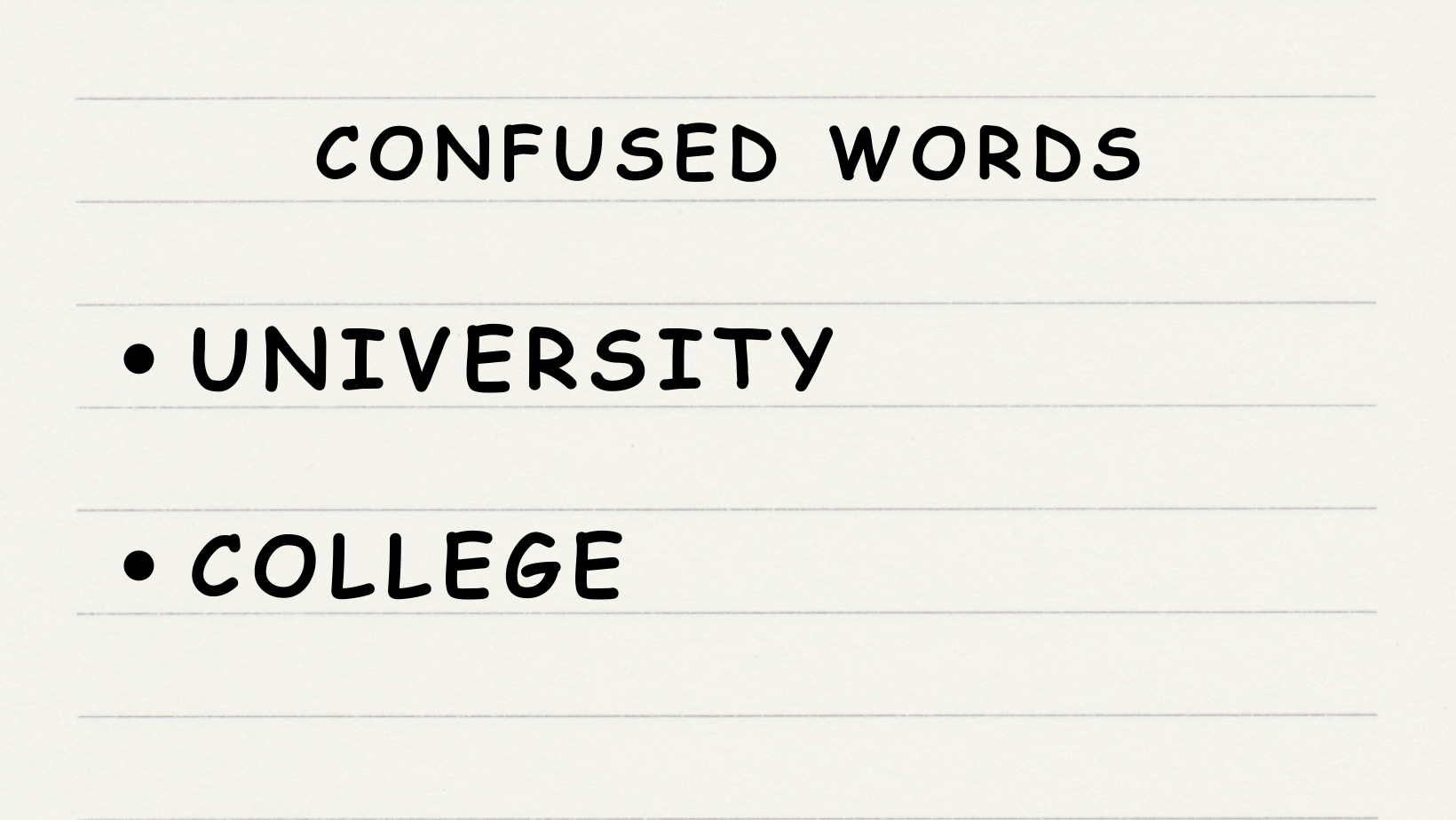
Hello, English learners! As an experienced English teacher, I’m excited to help you clear up the confusion between four similar words: “Below“, “Under“, “Underneath“, and “Beneath“. They all can mean “in a lower place,” but they are used in different contexts.
Below /bɪˈloʊ/
“Below” refers to a lower level or position, often in a formal context. It can also be used for temperatures and measurements. Here are ten examples:
- The temperature fell below zero last night. (The temperature dropped under 0 degrees)
- The submarine went below the surface of the ocean. (The submarine moved lower than the ocean surface)
- Our apartment is below theirs in the building. (Our apartment is situated at a lower position)
- The price has dropped below $10. (The price became less than $10)
- The speed limit is 60mph, so please keep below it. (Maintain your speed lower than 60mph)
- The river flowed just below the bridge. (The river flowed at a lower level)
- The note was written below the line. (The note was written at a lower position)
- The cave is located below the hill. (The cave is in a lower place)
- The clothing brand logo is below the text. (The logo is positioned lower)
- He was wearing a tie below his collar. (The tie is positioned lower)
Under /ˈʌndər/
“Under” often means “directly below” something else, often suggesting contact or cover. Let’s look at ten examples:
- The cat is hiding under the bed. (The cat is directly beneath and possibly touching the bed)
- We sat under a tree to avoid the sun. (We sat directly below and covered by the tree)
- The keys are under the newspaper. (The keys are directly beneath and covered by the newspaper)
- The tunnel goes under the river. (The tunnel goes directly beneath the river)
- He was trapped under the collapsed building. (He was directly below and covered by the building)
- The pencil is under your book. (The pencil is directly beneath and possibly touching your book)
- The village is located under the mountains. (The village is directly beneath the mountains)
- She wore a coat under her jacket. (She wore a coat directly beneath her jacket)
- The rug is placed under the table. (The rug is directly beneath and possibly touching the table)
- He put the letter under the door mat. (He placed the letter directly beneath and covered by the mat)
Underneath /ˌʌndərˈniːθ/
“Underneath” also means “directly below,” often suggesting a covered or hidden position. Here are ten examples:
- I found the missing remote underneath the couch. (The remote was directly below and hidden by the couch)
- The dog buried its bone underneath the sand. (The bone was hidden directly beneath the sand)
- The tattoo is underneath his shirt. (The tattoo is covered directly below his shirt)
- The gold is buried underneath the old tree. (The gold is hidden directly below the tree)
- The wires run underneath the carpet. (The wires are covered directly below the carpet)
- The secret door is underneath the staircase. (The door is hidden directly below the staircase)
- She wore a silk blouse underneath her suit. (She wore a blouse covered directly beneath her suit)
- The coin is underneath the book. (The coin is hidden directly beneath the book)
- He hid the key underneath the mat. (The key was hidden directly beneath the mat)
- The spare tire is underneath the car’s trunk. (The spare tire is hidden directly below the trunk)
Beneath /bɪˈniːθ/
“Beneath” is similar to “under,” but is often more formal. It can also mean “less than worthy of” or “unfitting for someone’s dignity.” Here are ten examples:
- The roots of the tree are beneath the soil. (The roots are directly below the soil)
- The treasure was found beneath the old castle. (The treasure was directly below the castle)
- The fault line lies beneath the city. (The fault line is directly below the city)
- The painting hangs beneath the photograph. (The painting is directly below the photograph)
- The ground beneath our feet was shaking. (The ground directly below was shaking)
- She felt the job was beneath her. (She felt the job was unworthy of her)
- The valley spread out beneath the mountains. (The valley is directly below the mountains)
- He wore a vest beneath his shirt. (He wore a vest directly below his shirt)
- The text was written beneath the image. (The text was directly below the image)
- He considered such tasks beneath him. (He considered such tasks unworthy)
Conclusion
In conclusion, while “below“, “under“, “underneath“, and “beneath” all refer to lower positions, their usage varies with context and formality. Remember, “below” often refers to lower levels or measurements, “under” and “underneath” imply direct coverage or hiding, while “beneath” is more formal and can also mean ‘unworthy of’. Happy learning!


